Is M-Commerce turning consumers into impulsive buyers?
According to Statista, M-Commerce sales have grown from $6.2 billion in 2015 to $37.96 billion in 2020, with various factors fuelling this growth. And now, the time has come to look at the next phase of growth. To discuss more about how does the industry sustain this growth, and how Tier 2 and 3 and beyond markets can be brought into the m-commerce fold in a stronger way. To discuss what part social commerce and influencer-driven live commerce will play in taking forward this growth, Adgully’s MOBEXX 2021 Summit and Awards saw a panel discussion on ‘Future-proofing your social commerce strategy’.
Moderated by Bijoya Ghosh, Founder & CEO, Adgully, the esteemed panellists included:
Bimal Kartheek Rebba, Co Founder & Chief Operating Officer
Deepak Gupta, Chief Operating Officer, Bombay Shaving
Manish Chowdhary, Co-Founder, WOW Skin Science
Nakul Kumar, Co-Founder and COO, Cashify
Prabhkiran Singh, CEO, Founder at Bewakoof
Priyanka Salot, Co-founder, The Sleep Company
Commencing the discussions, Bijoya Ghosh asked trell’s Bimal Kartheek Rebba about his views on the tremendous growth in M-Commerce in India and the factors behind the rise in its adoption. Replying to the question, Rebba noted how India quickly skipped from the Laptop Era to the Mobile Era, further fuelled by data rates that are among the cheapest globally. Moreover, with the average age of consumers at 29 years, it’s a young TG that is further enabling the adoption of M-Commerce.
Rebba cited a recent study by PayPal for Indian cohorts that revealed that 7 out of 10 people in India preferred to buy on mobile, as compared to 4 out of 10 globally. “Even at a global scale if you look at it, India leads the pack, where more consumers want to buy through mobile. In fact for the cohorts that they have talked to, 83% of them have at least bought a product or transacted online once every week and spent close to Rs 10,000 every month,” he added.
Priyanka Salot, Co-founder, The Sleep Company, added here, “The core to me is the consumer, so brands will be where the consumer is. While Mobile Commerce is not a new phenomenon, it has been growing exponentially and this growth will continue. Moreover, the engagement level of a customer on mobile is much higher compared to on desktop, and that’s the reason why brands can see much better conversions and ROI for their campaigns. To me, it’s a win-win for consumers, where they get a seamless experience and that is one of the things that brands also need to address in the future – How do you start thinking for your consumers for the mobile landscape? All your choices from your marketing, content, creative, etc., would completely change as you make sure that you have a seamless experience for your consumer on a mobile platform.”
WOW Skin Science’s Manish Chowdhary talked about how the brand has seen most of its traffic today being largely driven by mobile. The advertising has drastically shifted towards more adoption towards the mobile commerce point of view, where it is more driven towards the app, convenience of the consumers, and buying online. “We see a lot of shift in desktop users coming on to mobile side at our end, which is drastically increasing year on year. 65% of our e-commerce is coming on our app. It’s the future, we have moved a lot of our advertising as well as our own platform on to the video commerce point of view, which is very easy to access on your phone, and this is going to be disruptive in 2022,” he added.
Bombay Shaving’s Deepak Gupta, too, agreed that this is the future and pointed out that more that 90% of the online transactions in India right now are happening through mobile. “For me, it’s M-Commerce. The onus is on the brand as to how they make it more engaging, informative as well as create huge consumer trust through these transactions.”
Presenting Bewakoof’s perspective, Prabhkiran Singh said, “For Bewakoof, 99% of the e-commerce is happening on mobile and only 1% is happening on desktop, out of which 80% of it is happening on the app. Now we are seeing social commerce picking up. I think integration will also happen and that is what we are calling social commerce. The rise of social media in itself in the last decade – be it Facebook, Instagram, the likes of TikTok and other short video platforms – has really disrupted and enabled shopping.”
According to Singh, what M-Commerce is doing in India is bringing out a lot of consumption behaviour. He noted, “Traditionally, India has been a saving economy. Earlier, you saw a product on television and then made the journey to a store and bought the product. But with M-Commerce, you are viewing content on social media and with a click of a button you are able to purchase the products that you see. Thus, with this consumers have become much more impulsive than what they were before.”
Nakul Kumar of Cashify added here, “20% of our graphic comes from desktop and 80% is distributed between app and mobile. We can easily see that the mobile is taking over the app even if the app’s experience is better, because a lot of consumers don’t know how to download the app and also because they have limited storage capacity on their phones. So, I think we will see more and more mobile growth. If you look at how all the businesses are operating, for every user verification there is an OTP process, now those OTP processes on a mobile are much easier and quicker that on a laptop or desktop.”
This is an edited excerpt. For the complete discussion, watch below:









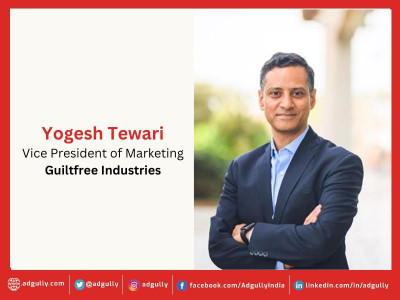

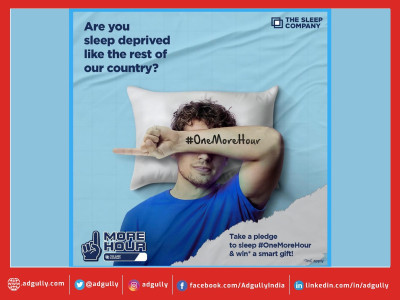
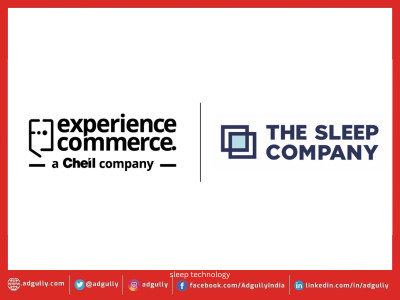
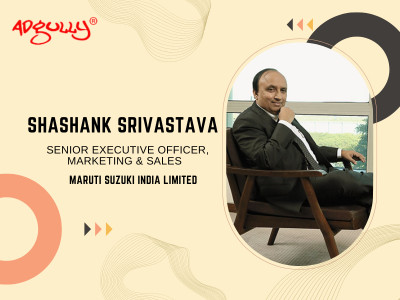
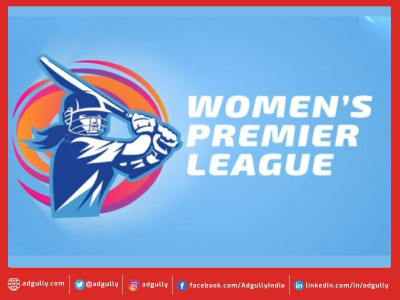

Share
Facebook
YouTube
Tweet
Twitter
LinkedIn